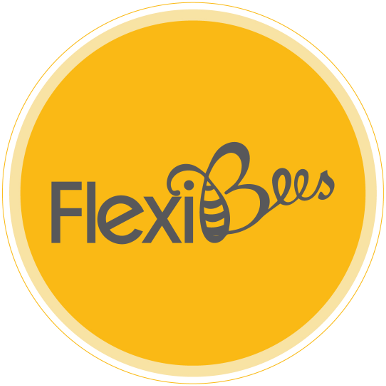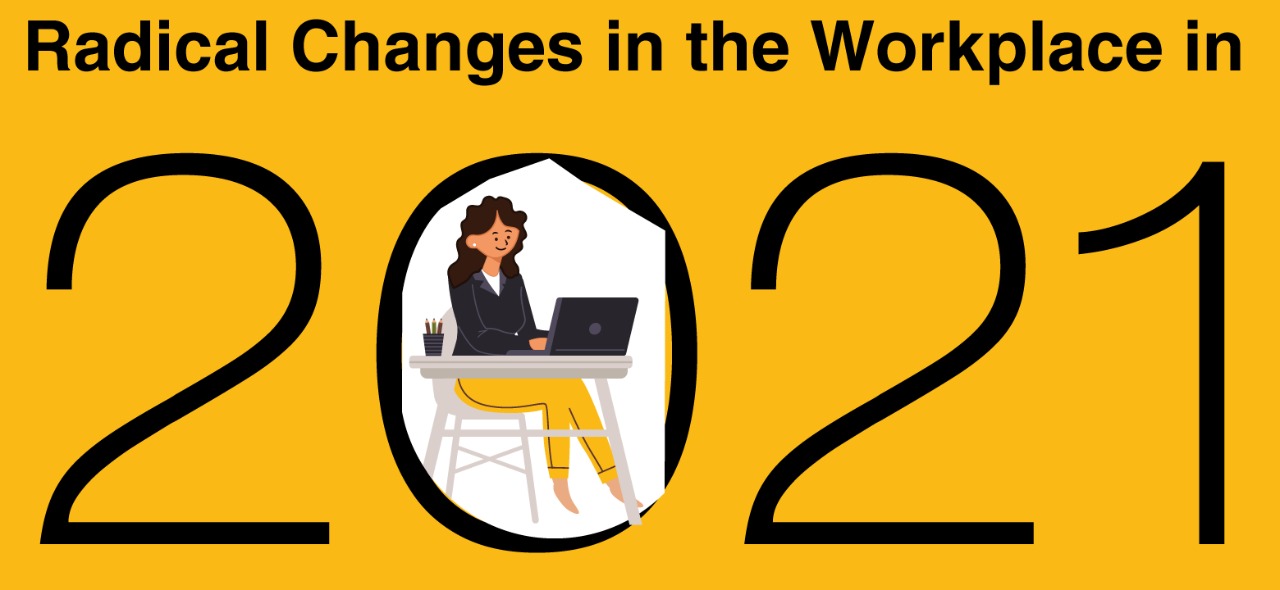Radical Changes in the Workplace in 2021
The whole year of 2020, we have been witnessing and experiencing changes at a rapid pace - from brick-and-mortar offices to virtual workplaces that need only one desk in a corner of your home and a high internet connection.
As we step into 2021 with the hope of going back to our familiar normal, we may see some game-changing ideas and radical changes in the workplace and how companies work. The way we work might significantly look different in the next decade or two.
To help you imagine this, think about our lives 20 years ago - no smartphones and no social media. But today, most of our work happens on our handheld devices - to the point where we are addicted to our smartphones and often worry about their influence on our children.
So, in another 20 years, we might have something that we haven’t imaged yet - becoming our way of life.
Here are some things that are in the offing that will hopefully spark some ideas:
1. Change in perspectives: Leadership with more empathy and understanding
Gone are the days when leaders were cordoned off in glass cabins and corner offices. It is not just about being among your people on the floor but also walking a mile in their shoes. Guiding people through change is the litmus test for trust and relationship building. Leaders of tomorrow might benefit from leading from the heart and demonstrating authenticity and it is especially critical in times of crisis, unrest, and ambiguity. Displaying an emotional connection and empathy for your teams might allow you to build the most valuable asset in your business: Your people.
2. Acceptance of flexible working models
With the advent of the pandemic, many flexible working models including, distributed workforces, remote working, part-time team members, freelancers, gig workers, etc. have become the new normal. Many organizations are considering either going fully remote or investing in a hybrid team with a mix of in-office and remote workers. They might even consider giving the option to the employees to choose a working model that fits them as well as the organizations’ needs.
3. Employee democratization -Trust & more autonomy
The idea of democratization was popular in the seventies but is seeing a revival in today’s changing dynamic workplaces as it is truly the need of the hour. Employee democratization can be done in many ways - from giving workers more autonomy to putting an employee representative on decision-making boards, giving staff a vote on organizational pivots, to encouraging a spirit of true ownership.
This could lead to many positive outcomes, including increased performance, agility, job satisfaction, organizational commitment, and lower stress & attrition rates.
4. Focus on upskilling and self-development/employee development
We are in the midst of dynamic business developments, pivots and possibly changing goalposts. As a business, investing in your people can only build a stronger and more robust team that can help your organization sail through these trying times.
Make learning opportunities and platforms available and visible to your employees. Think of self-paced learning with different modules that can cater to different learning styles. It can include access to learning platforms, virtual or self-paced training courses, mentorship programs, project participation, networking, and more.
Design them to provide employees with choice by helping them match their interests, passions, and capabilities against current and future business and project demands.
5. Designing work around wellness instead of the other way around
Instead of expecting the workforce to fit their personal lives around work, it is time for employers to look for opportunities to actively integrate work and life. Think of ways to change the workplace to support the overall well-being of the employees.
The Deloitte 2021 report finds that "organizations that integrate well-being into the design of work at the individual, team, and organizational levels will build a sustainable future where workers can feel and perform at their best."
A wonderful example of this is an optional email functionality called "Mail on Holiday" that employees can use when they are out of the office. The service automatically deletes incoming messages while people are away. The system sends auto-replies that suggest alternative people to contact or to remind the sender to get back in touch when the worker returns.
6. Use and quick adoption of technology
The lockdowns during the pandemic pushed everyone to quickly adapt to technology, including net banking, online shopping, and remote working. Build your digital workplace to thrive on efficiency and agility.
This is the time to define the new workflows and processes using technology and reiterating how it changes the old ways of working. It could mean virtual meetings on video calls, the use of in-house messenger chats for quick feedback loops, the use of collaborative online whiteboards for brainstorming, virtual team engagement activities, the use of multi-user concurrent working documents, to name a few. Be mindful of including team members who are not tech-savvy and might need some hand-holding or training sessions to get onboard.
7. Digital tracking
With everyone being online and most work happening with distributed workforces, employers can track not just productivity but also other parameters that are affecting their workforces - like how employees are feeling, emotional well-being, how they are reacting to change, announcements, pivots, etc.
Task planning and allocation softwares can help in getting work done collaboratively and bring out a higher productivity ratio.
8. Virtual workspaces, the new reality
As mentioned above, video calls and conferencing is the first step, 2021 is all set to replace it by more immersive experiences with technologies like virtual reality and mixed reality.
This can only further enhance the hybrid, mixed, and distributed teams while allowing employers to move completely to a virtual setup including unrestricted access to eligible candidates, allowance for virtual processes like onboarding, training, town halls, keeping employees engaged with the company’s culture, etc. It further helps in removing biases in selection and appraisal processes as people will largely be judged by their credentials more than anything else.
Given the fast-changing and uncertain world and evolving economic scenario, business leaders need to be prepared for faster growth, to quickly pivot and set new directions so they can lead their workforces into a brand new normal in 2021.


